Wall Paintings of Banaras: Treasures from Mahamaya Temple
Since remote past the temples of Banaras represent the synthesis of varied cultural streams. As far as wall paintings are concerned, the city was an acclaimed centre, the tradition of which continues till today on different occasions to beautify the temples, mathas, akhadas, and residential buildings. These paintings may be divided between religious and social or secular groups.
The Mahamaya temple is unique for its architecture as well as paintings inside the garbhagrha. The subjects of the paintings are narratives, divine figures, lokapalas, saints and rsis, valour of devis, day to day life of local people, nature etc. showing regional influence. The paintings enhance our understanding of the 18th and 19th century wall paintings of Banaras with various styles like Rajasthani, late Mughal and Company including Banaras painting style with folk impressions.
For the study of Sakti cult and other divinities, the aesthetic appeal of the figures and stylistic confluence of Rajasthani, late Mughal, Company, Nepali and folk style from Banaras, the temple is unique. However, the Rajasthani style dominates with the blend of other styles.
The paintings in Mahamaya temple are basically based on Devi Bhagvata Purana. The murals represent an elaborately organized pictorial programme that finds no counterpart in the paintings preserved elsewhere in the city. The paintings are in square or circular shape panels, captioned as deodhis of different metals like gold, silver, iron, bronze, copper, lead, pancadhatu and of precious stones like Pusparagamani, Gomedaka, Diamond, Vaiduryamani, Indranila, Moti, Mahamarakatamani, Pravala and Navaratna.
The lokapalas, with vahanas and iconographical details are given adequate place in the paintings. Besides Mahakali and Durga, saints and male-female devotees have an important place. In miscellaneous scenes upasakas, music, gardening, cooking etc. are depicted.
Get it now and save 10%
BECOME A MEMBER

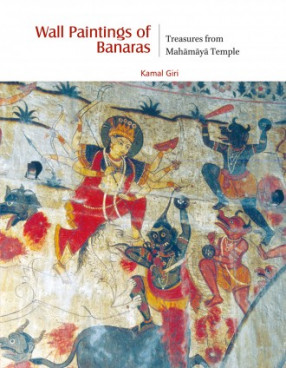

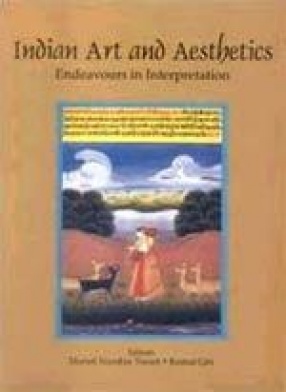
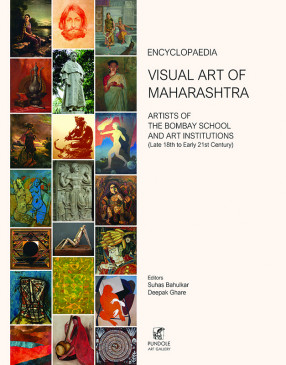
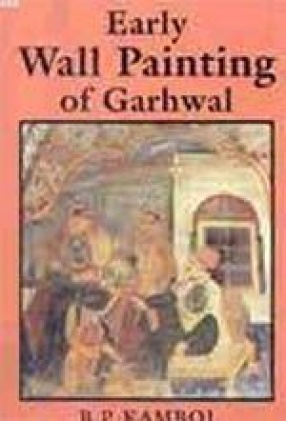
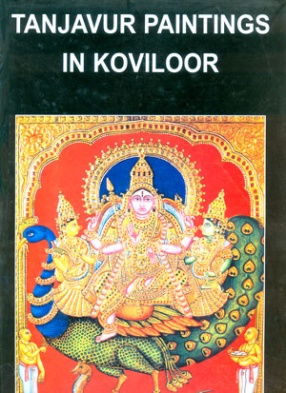
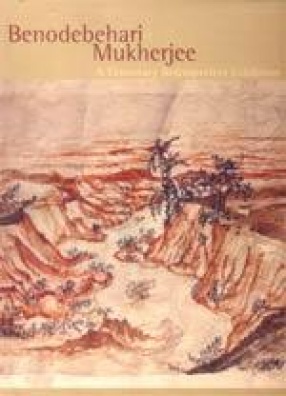

Bibliographic information